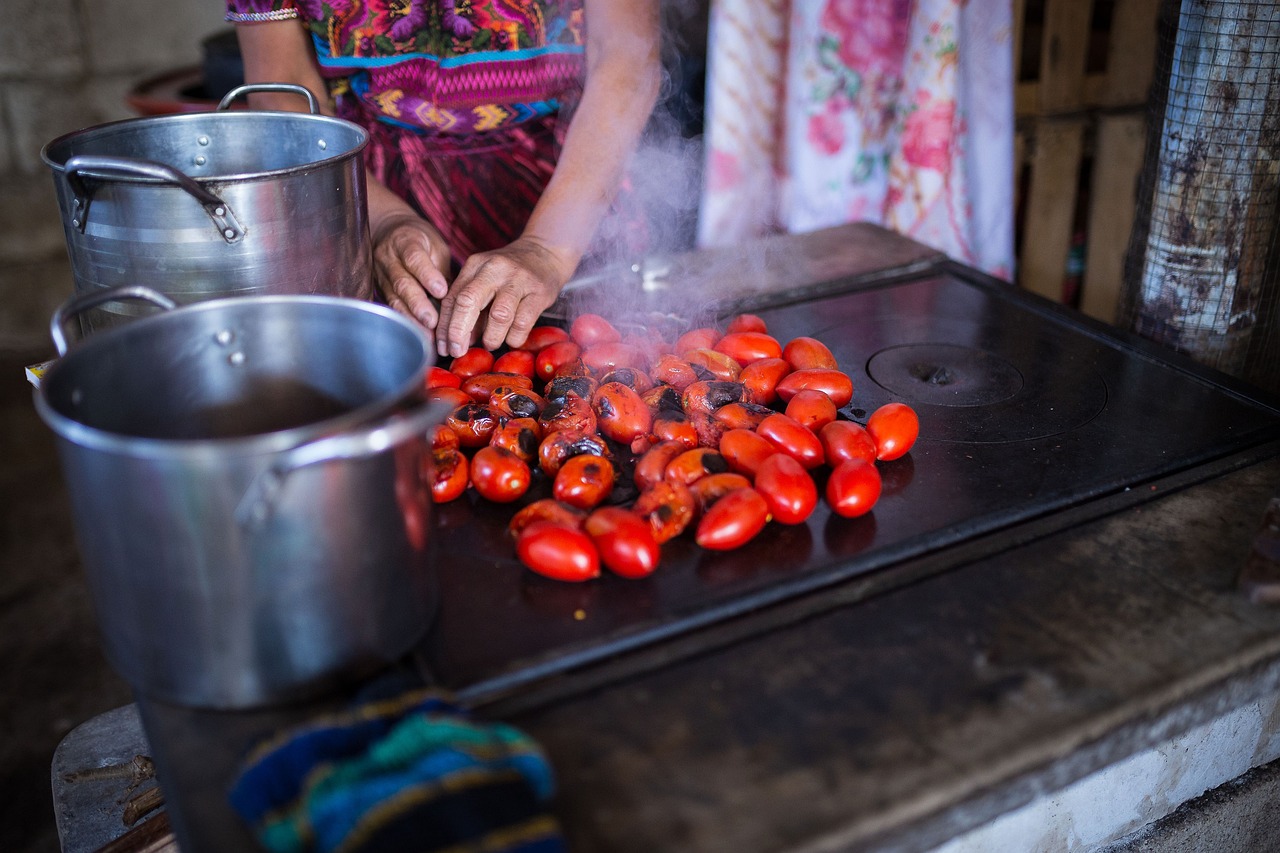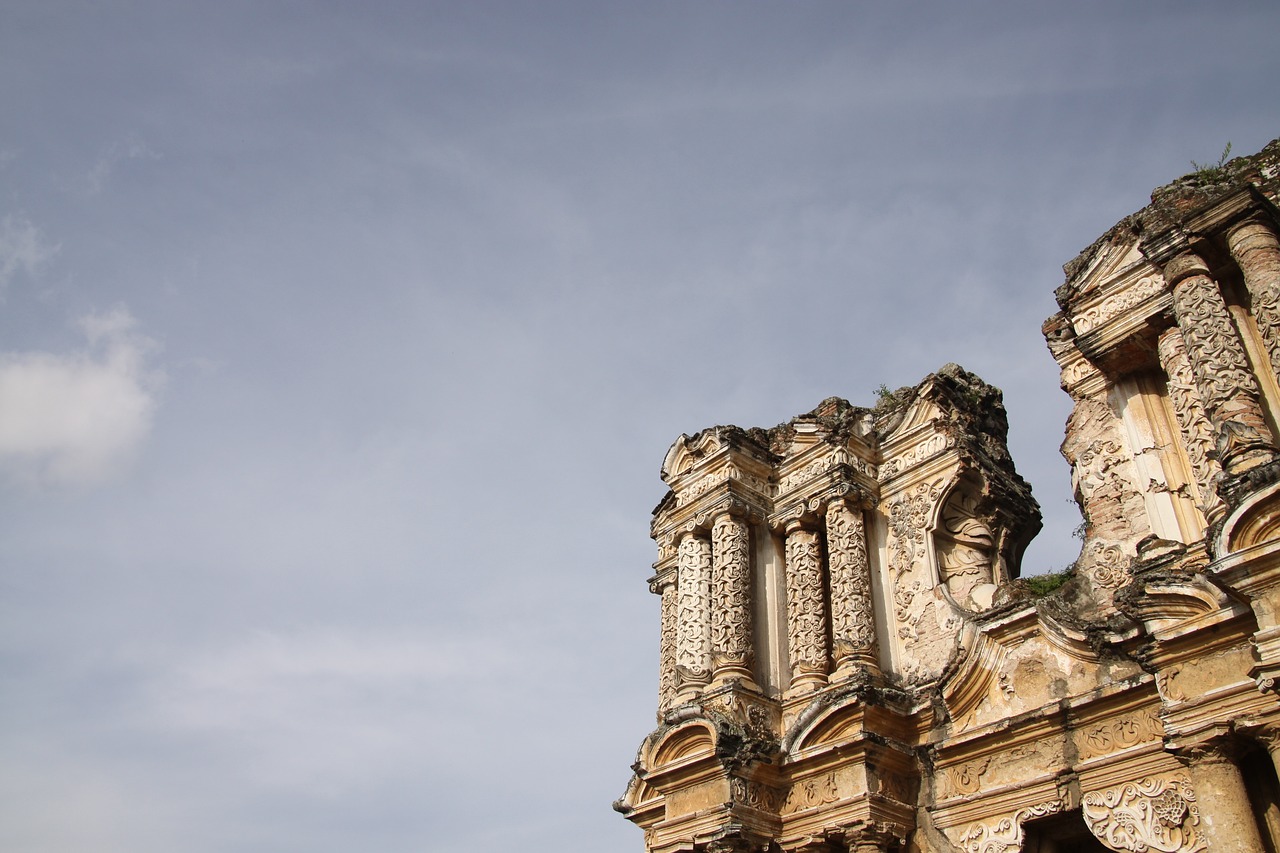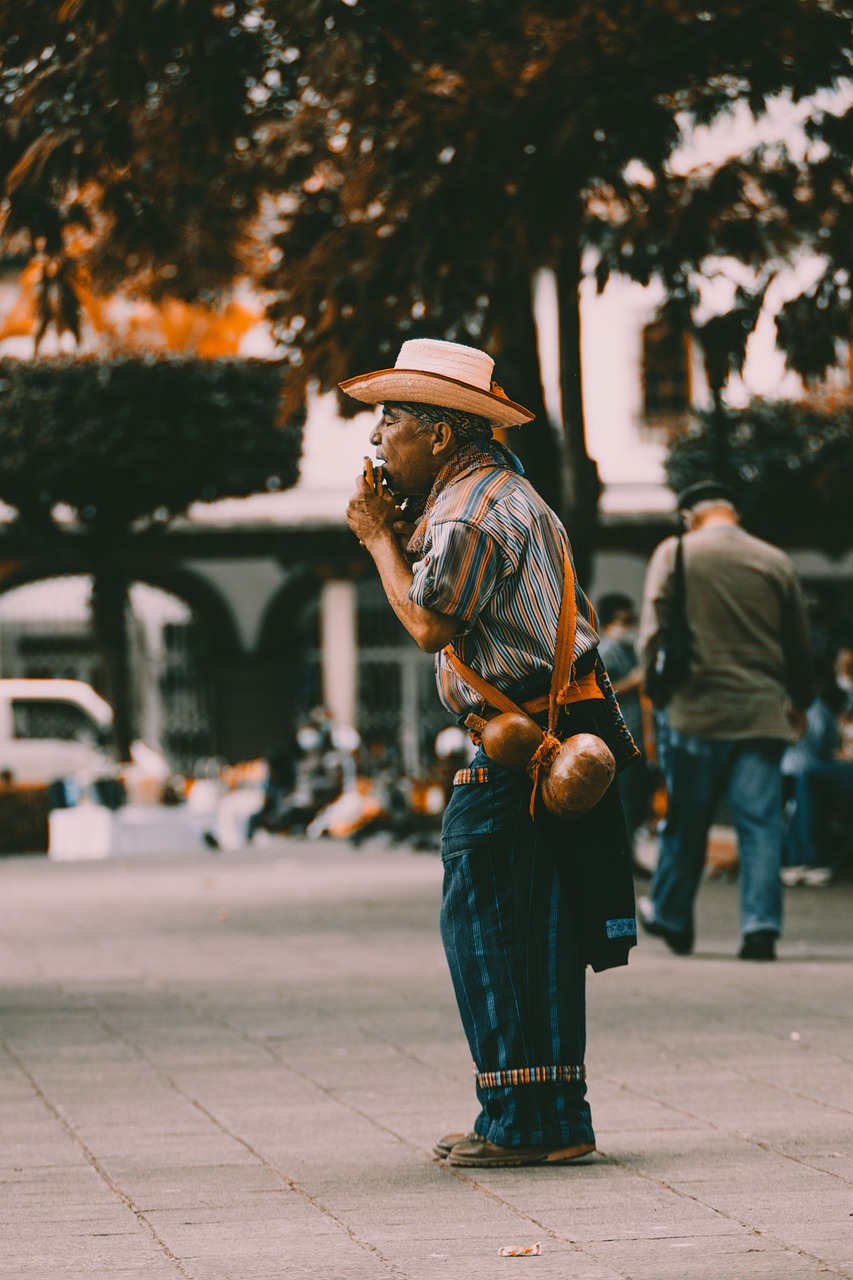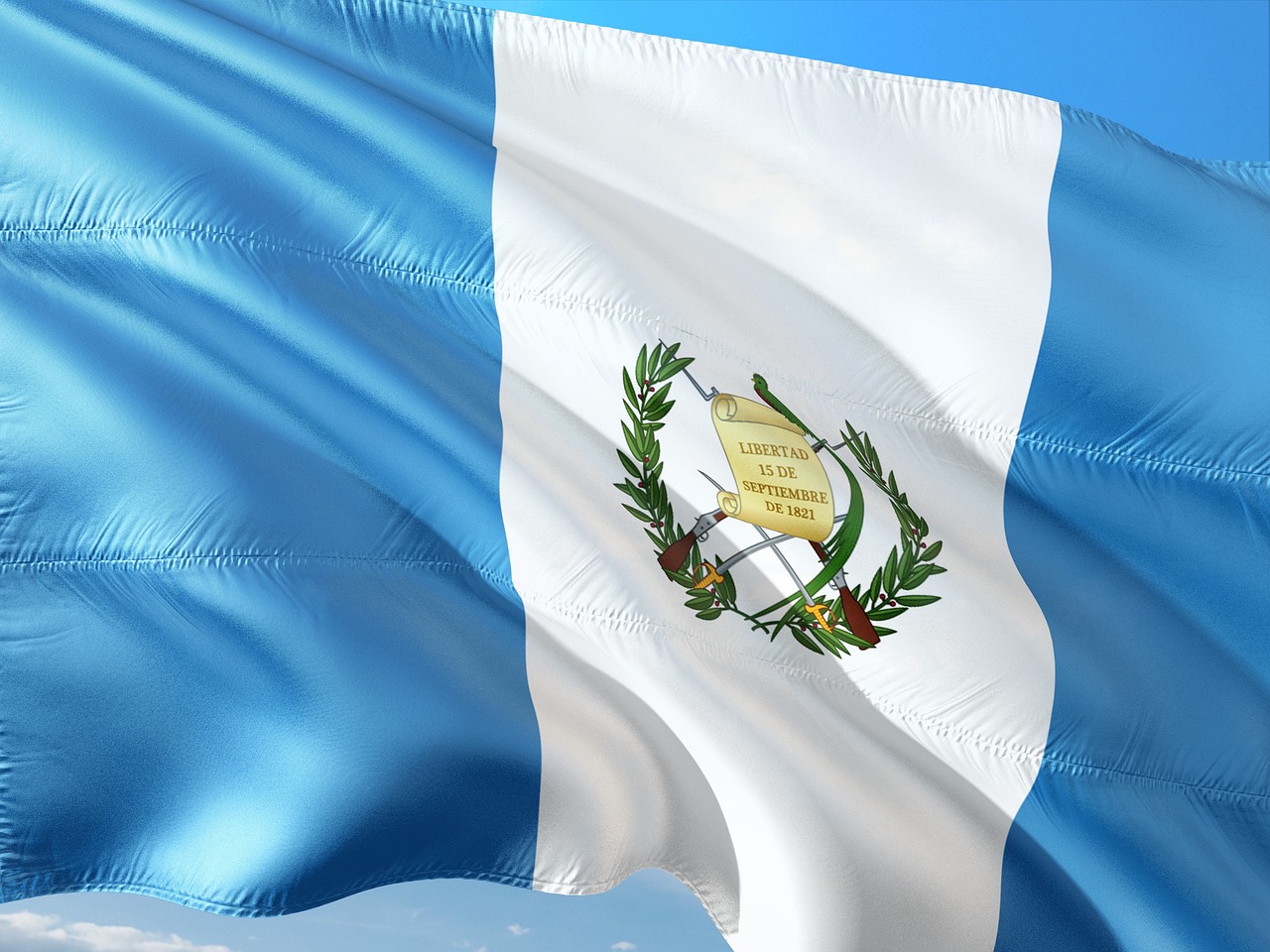Guatemala Video
Local Celebrations and Holidays: What to Expect in Guatemala
Guatemala, located in Central America, is a country rich in cultural heritage and vibrant celebrations. From traditional Mayan festivals to religious processions, Guatemala offers a unique and diverse experience for visitors. In this article, we will explore the various local celebrations and holidays in Guatemala, providing you with insights into what to expect and how to make the most of your visit.
Independence Day
Independence Day in Guatemala is celebrated on September 15th each year. This national holiday commemorates Guatemala’s independence from Spain in 1821. The celebrations typically begin on the evening of September 14th with the lighting of the “Independence Torch” in Guatemala City’s Central Plaza. The torch is then carried by runners throughout the country, symbolizing the spread of independence. On the day itself, parades, concerts, and fireworks take place across the country, creating a festive atmosphere.
- Parades: Colorful parades featuring traditional costumes, marching bands, and folk dances are a highlight of Independence Day celebrations. Communities come together to showcase their cultural heritage and patriotism.
- Fireworks: Spectacular fireworks displays illuminate the night sky, creating a breathtaking sight for both locals and visitors.
- Traditional Food: Street vendors offer a variety of traditional Guatemalan dishes, allowing visitors to indulge in the country’s culinary delights.
- Patriotic Decorations: Buildings, streets, and homes are adorned with Guatemalan flags, ribbons, and other patriotic decorations.
Day of the Dead
The Day of the Dead, known as “Día de los Muertos,” is a traditional celebration that takes place on November 1st and 2nd. It is a time for Guatemalans to honor and remember their deceased loved ones. During this period, families gather at cemeteries to clean and decorate the graves of their ancestors. They also create colorful altars at home, known as “ofrendas,” adorned with photographs, flowers, candles, and the favorite food and drinks of the deceased.
- Graveyard Visits: Families visit cemeteries to pay their respects, leaving flowers and lighting candles on the graves. It is a solemn yet beautiful occasion that showcases the importance of family and remembrance.
- Kite Festivals: In some regions, such as Santiago Sacatepéquez, giant kites are flown on November 1st to guide the spirits of the departed back to Earth. This unique tradition attracts both locals and tourists.
- Traditional Foods: Families prepare traditional dishes such as “fiambre,” a cold salad made with various meats, vegetables, and pickled ingredients. It is a special dish enjoyed during the Day of the Dead celebrations.
- Marigold Decorations: Marigolds, known as “flor de muerto” (flower of the dead), are used to decorate altars and graves. Their vibrant orange color is believed to attract the spirits of the departed.
Feria de Jocotenango
The Feria de Jocotenango is an annual fair held in the city of Antigua Guatemala, usually during the last week of October. This fair celebrates the patron saint of Antigua, Santo Domingo de Guzmán, and is known for its vibrant atmosphere and cultural activities. The fair features traditional music, dance performances, food stalls, carnival rides, and various competitions.
- Traditional Music and Dance: Local musicians and dance troupes perform traditional Guatemalan music and dances, showcasing the country’s rich cultural heritage.
- Food Stalls: The fair is a gastronomic delight, offering a wide variety of traditional Guatemalan dishes and snacks. Visitors can indulge in local delicacies such as tamales, chuchitos, and atol.
- Carnival Rides: Thrilling rides and games provide entertainment for people of all ages. The fairgrounds come alive with laughter and excitement.
- Competitions: Various competitions, including traditional costume contests and horse races, add an element of competition and showcase the skills and talents of the local community.
Guatemala Image 1:

Christmas Posadas
The Christmas season in Guatemala is filled with vibrant celebrations known as “posadas.” These celebrations reenact Mary and Joseph’s search for lodging in Bethlehem. Posadas typically begin on December 16th and continue until Christmas Eve. Communities come together to organize processions, sing carols, and participate in traditional rituals.
- Processions: Participants dress as Mary, Joseph, angels, shepherds, and the Three Wise Men, reenacting the biblical story. The procession moves from house to house, seeking shelter, until they are finally welcomed into a designated home.
- Caroling: People sing traditional Christmas carols known as “villancicos” during the processions. It is a joyful and festive way to celebrate the Christmas season.
- Piñatas: Colorful piñatas in various shapes, filled with candies and fruits, are broken during the celebrations. This tradition is especially popular among children.
- Traditional Food: Families prepare traditional Christmas dishes such as tamales, ponche (a hot fruit punch), and “buñuelos” (fried dough balls served with syrup).
Easter Semana Santa
Semana Santa, or Holy Week, is one of the most important religious celebrations in Guatemala. It takes place in the week leading up to Easter Sunday and is marked by elaborate processions, religious rituals, and traditional customs. Antigua Guatemala is renowned for its Semana Santa celebrations, attracting thousands of visitors from around the world.
- Processions: Elaborate processions featuring large floats, known as “andas,” are carried through the streets by religious brotherhoods. These processions depict scenes from the Passion of Christ.
- Alfombras: Intricate and colorful carpets made of flowers, sawdust, and other natural materials are created along the procession routes. These beautiful artworks are meticulously crafted and are walked upon by the processions.
- Religious Rituals: Churches hold special masses and religious ceremonies throughout Holy Week. The faithful participate in these rituals, offering prayers and paying homage to their religious beliefs.
- Traditional Clothing: Participants in the processions often wear traditional clothing, adding a cultural element to the religious celebrations.
Guatemala Image 2:

Day of the Revolution
The Day of the Revolution, or “Día de la Revolución,” is celebrated on October 20th in Guatemala. This national holiday commemorates the 1944 revolution that led to the overthrow of the dictator Jorge Ubico. On this day, various events and activities take place to honor the heroes of the revolution and reflect on the country’s progress.
- Parades: Colorful parades featuring marching bands, military displays, and cultural performances are held in major cities across Guatemala. The streets come alive with patriotic spirit.
- Historical Exhibitions: Museums and cultural centers organize exhibitions showcasing the history and significance of the revolution. These exhibitions provide insights into Guatemala’s struggle for democracy.
- Speeches and Ceremonies: Government officials and community leaders deliver speeches to commemorate the revolution and highlight its importance in shaping the country’s future.
- Fireworks: Fireworks displays light up the night sky, adding a festive touch to the celebrations.
Day of the Virgin of Guadalupe
The Day of the Virgin of Guadalupe, or “Día de la Virgen de Guadalupe,” is celebrated on December 12th. As a deeply religious country, Guatemala honors the Virgin of Guadalupe, the patron saint of the Americas, with processions, religious ceremonies, and festive gatherings.
- Processions: Devotees carry an image of the Virgin of Guadalupe through the streets, accompanied by music and prayers. The procession ends at a church, where a special mass is held.
- Fireworks: Colorful fireworks light up the night sky, adding a sense of joy and celebration.
- Traditional Dances: Folkloric dance groups perform traditional dances, showcasing the cultural heritage of Guatemala.
- Food Stalls: Street vendors offer traditional Guatemalan dishes and snacks, allowing visitors to savor the local flavors.
Guatemala Image 3:

References
- Gypsy Warrior: gypsywarrior.com
- Visit Guatemala: visitguatemala.com
- Lonely Planet: lonelyplanet.com
- World Travel Guide: worldtravelguide.net


